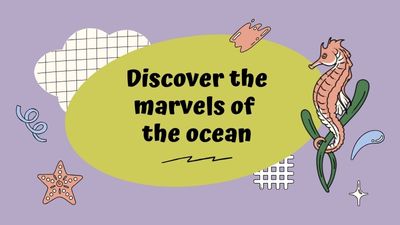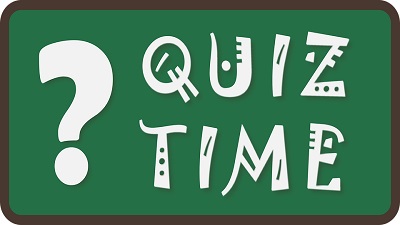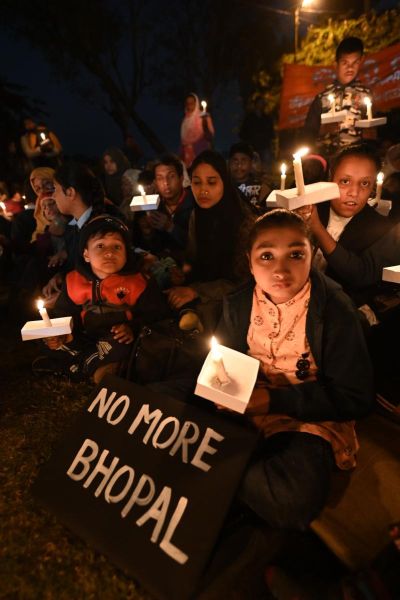In Episode 49, Kaikeyi and Manthara realise that the twins, Lakshmana and Shatrughna, were responsible for the arrows flying at Manthara. But the twins quickly charm the two with a lecture on the science of archery.
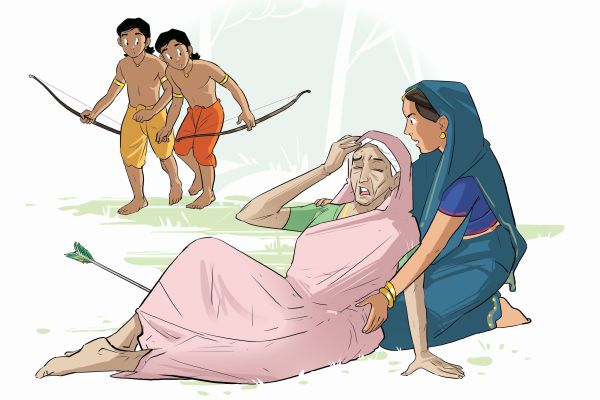
Story so far: Just after Dasaratha finishes the story of how he defeated Shambara, arrows fly in towards Manthara’s legs. Kaikeyi pulls her to safety and turns to see who shot them.
Lakshmana and Shatrughna, the twin sons of Queen Sumitra, come running in , looking discomfited. Noticing that Kaikeyi is angry and that an argument is about to begin, Dasaratha edges away and leaves quietly.
Kaikeyi: Who shot the arrows? Do you realise you are spoiling your Guru Vasishta’s name?
Lakshmana: We were having target practice with the bows and arrows. It was an accident.
Manthara: Is this what Guru Vasishta taught you? To attack and injure people needlessly?
Shatrughna (angrily): Manthara, you have to right to talk about our guru. Mother Kaikeyi is like our mother and is also a skilled archer.
Kaikeyi: Shatrughna, you should not talk to your elders like this.
Shatrughna is about to respond when Lakshmana jogs him and whispers in his ear.
Lakshmana: We are sorry Manthara and Mother Kaikeyi.
Shatrughna: Why are you saying sorry? Let’s teach her a lesson.
Manthara: Is this how Sumitra brought you up? To be rude to your elders?
Lakshmana (whispers to Shatrughna): I told you to keep quiet. She will twist our words and drag mother into it. Let me handle this.
Lakshmana (to Manthara): That’s not what he meant. He wants to teach you about archery and the science behind it.
Manthara: What lies! He was being rude.
Lakshmana: No Manthara. It’s the way he speaks. It’s not about the words but about how you receive it. You can either be negative and get us into trouble or be positive and learn something. Which would you prefer?
Kaikeyi’s anger dissipates and she smiles at Lakshmanaa.
Kaikeyi: Very smart, Lakshmana. Now Manthara has to take that in a positive way. Are you ready for your lesson, Manthara?
Manthara: Whatever you say.
Kaikeyi: All right, boys, start your lesson.
Shatrughna: Let’s start with the parts of an arrow and how aerodynamics has a role to play.
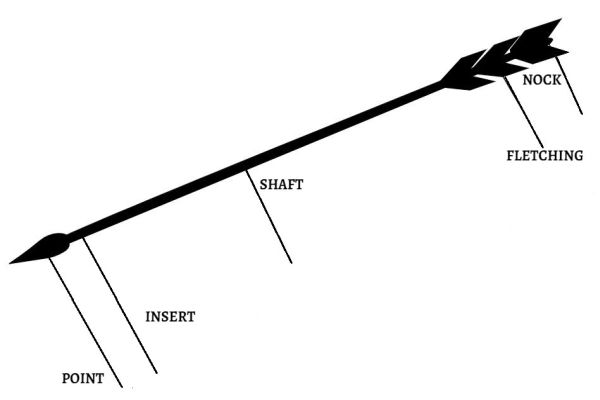
Lakshmana: An arrow has five parts: arrowhead (also known as point or grain), insert, shaft, fletching, and nock.
Shatrughna: Do you know how the bow and arrow work?
Manthara: Pull the string and let go.
Shatrughna: Yes but technically the string’s elastic potential energy is converted into kinetic energy.

Lakshmana: Also do you know what we call the arrow’s movement?
Manthara: Straight movement?
Lakshman: It’s called the projectile motion. Have you noticed that, when an arrow is released, it doesn’t travel in a straight line?
Manthara: Yes. I thought it was because the string was not of good quality or that it had not been pulled properly.
Lakshmana: No. It is because of a gravitational force that moves the arrow in a curved path called projectile.
Shatrughna: And then there are fletchings. They are the ones that stabilise the arrow so that it moves in a specific direction if released properly.
Manthara: I have had enough of science for a day. Let’s stop here.
Even as she speaks, two arrows fly in again and scratch her back. Both Kaikeyi and Manthara look towards that side in anger.
The author is the founder and CEO of Vaayusastra Aerospace, an IIT-Madras incubated ed-tech startup that offers Air Science workshops for children between five and 14 years.
Now that you’ve read the story, try your hand at this activity. The grid below contains the names of famous archers from mythology, folklore and popular culture. Can you find them all?


